Research in focus
Healthy ageing starts at a young age

6 ways to combat ageism
A short guide with tips on how to counter discrimination against older people.

Alzheimer's can be diagnosed before symptoms emerge
Early, accurate diagnosis is crucial for effective treatment and support.

Profile area at LU
Proactive ageing is one of five profile areas at Lund University. The area's unique research aims to improve people's lives and solve global problems.
Natural solutions to the climate crisis

Nature-based solutions have great potential
What will it take to get nature-based solutions implemented on a greater scale in the Nordics? Researchers list five important points.

Flowers that benefit both bees and biodiversity
An increasing number of people want to help bees and other pollinators by growing flowers that are rich in pollen and nectar. But which flowers are the most beneficial?

Profile area at LU
Nature-based future solutions is one of five profile areas at Lund University. The area's unique research aims to improve people's lives and solve global problems.
Human rights during war and unrest

"Sweden must stand up to Turkey in the conflict over values"
Do the NATO negotiations mean that the Swedish government is prepared to tinker with human rights and values?

Has diplomacy been exhausted?
Most of the talk is about arms supplies to Ukraine. Very little is said about diplomacy. When will it be time for diplomatic talks?

Profile area at LU
Human rights is one of five profile areas at Lund University. The area's unique research aims to improve people's lives and solve global problems.
Cutting edge treatments bring hope for the seriously ill
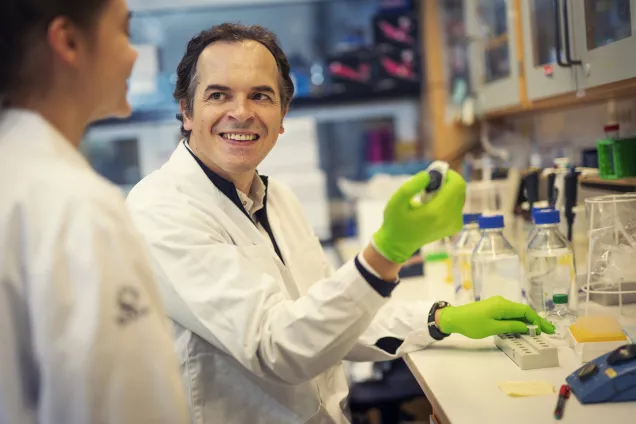
Reprogramming cancer cells into immune defenders
By reprogramming tumour cells to become the body’s defenders, researchers hope to improve current cancer treatments.
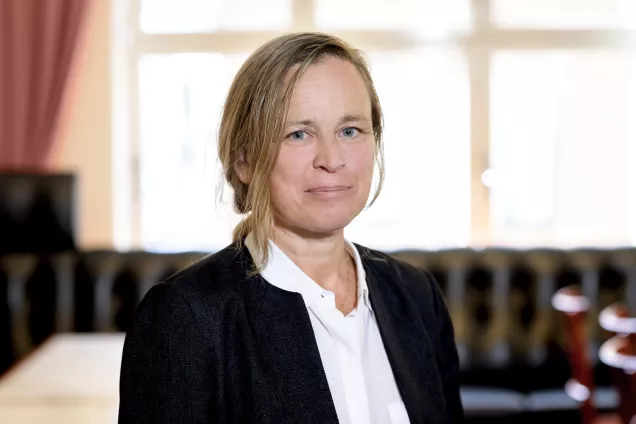
Gene therapies raise difficult legal and ethical questions
Medical progress raises the question of how rights should be protected and balanced, according to researcher in international law and human rights.
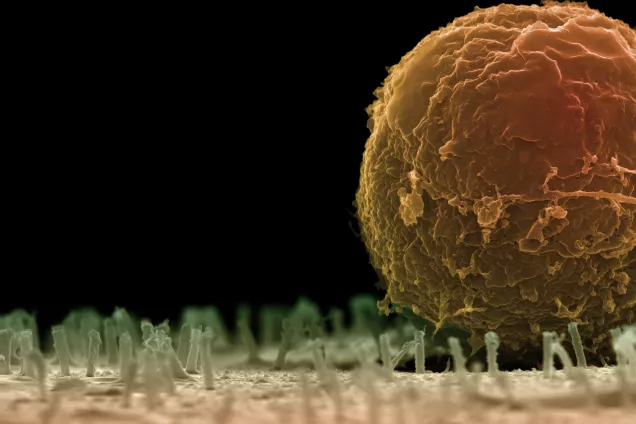
Kind methods mean happy cells
By cross-pollinating nanotechnology with stem cell biology, researchers are creating gentle methods to ensure that more cells perform better.
Technological revolution transforms archaeology
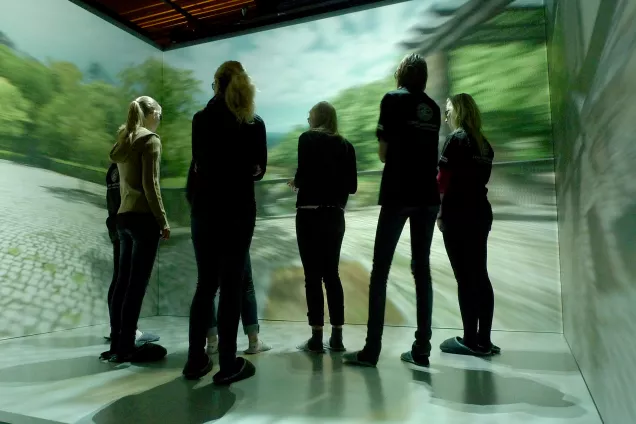
VR helps us experience historical places such as Uppåkra
Virtual reality might be the closest we can get to a time machine.

The hall on the hill during the Iron Age - uppakra.lu.se
Close to Lund lie the remnants of a unique Iron Age settlement (in Swedish).
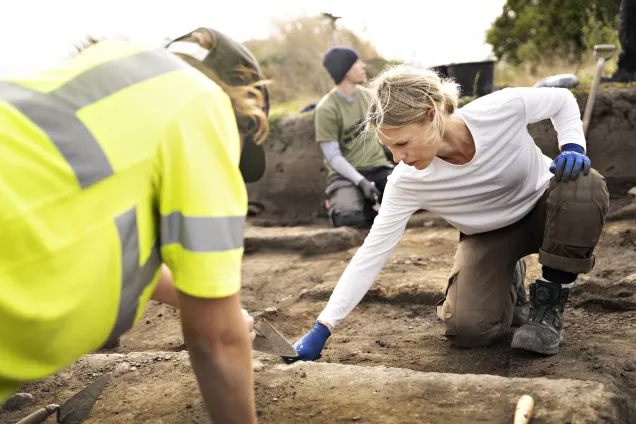
Archaeology research at Lund University
In the LU Research Portal you can find most of our archaeology research.
Development of new semiconductors
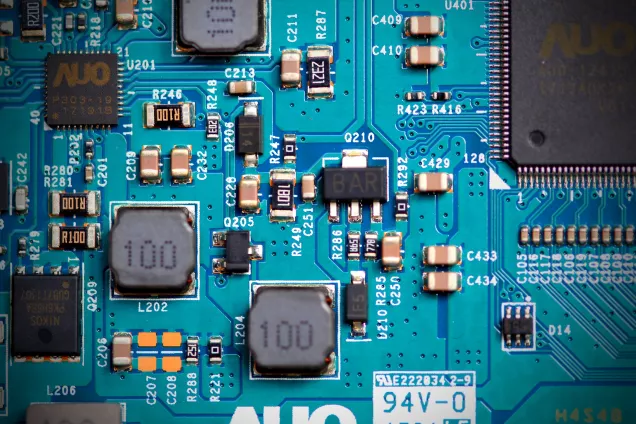
What is a semiconductor?
Semiconductors are materials that can be controlled so that they either conduct electrical current or not. This allows them to be used as a kind of very small switch, called a transistor, in computer technology, among others. Transistors are the most important component in all modern electronics.
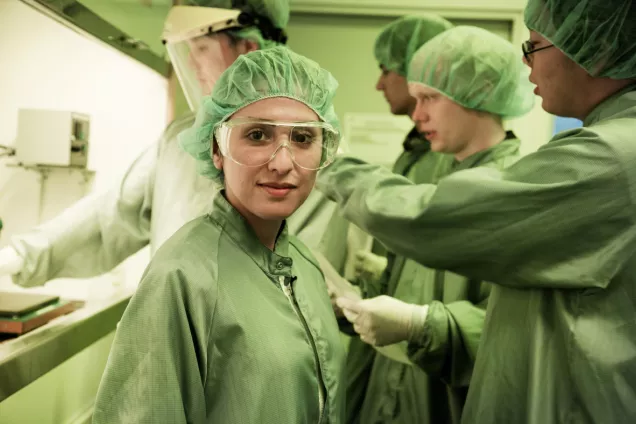
Nanotechnology – nano.lu.se
We are developing new types of materials that can complement or replace silicon, which is most common in today's semiconductors. This will facilitate the green transition and give us entirely new functions, properties and high performance in energy, electronics and IT.
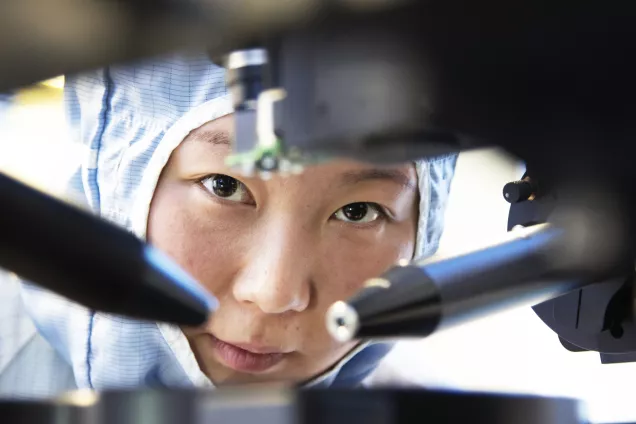
IT Communication – elliit.se
We conduct research on circuit design and algorithms. This paves the way for 5G and 6G wireless technologies, networking solutions, collaborative robotic systems and optimisation and control of autonomous vehicles.
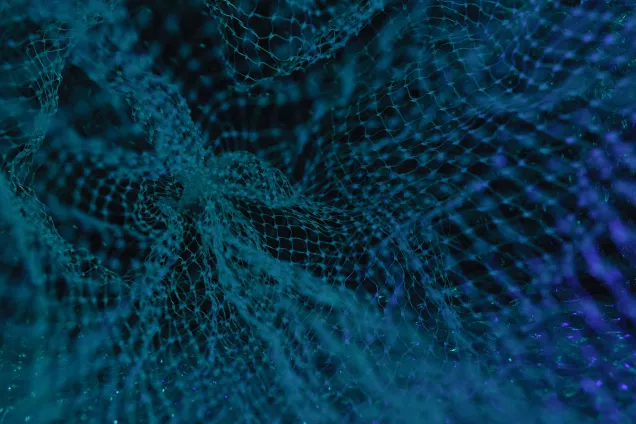
Semiconductor research
In our Research Portal, you can find most of the semiconductor research that is carried out at Lund University. You can search for researchers, projects, publications and much more.
UN climate report
Key questions in the subreport
- What has been the global emissions trend in recent years and how does this trend differ between regions?
- Which factors have affected the emissions trend?
- What solutions – technical, economic and policy instrument-related – are currently available to reduce emissions?
- How can different measures be combined and implemented over time to reduce emissions of carbon dioxide and other greenhouse gases to align with the world’s climate goals?
- How do emission reduction, climate change adaptation and sustainable development relate to each other, and how can measures in one area contribute to another?
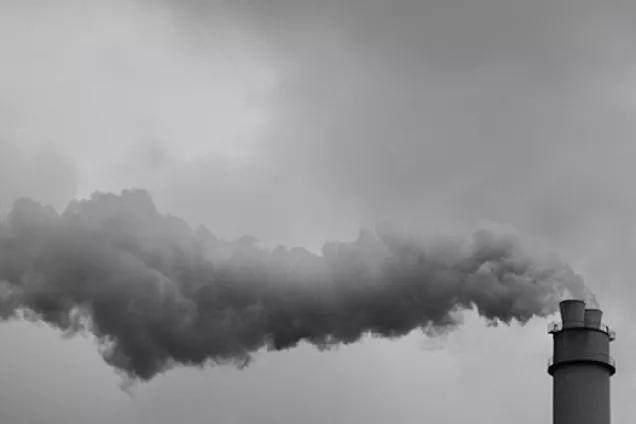
"What matters now is zero emissions"
In connection with the new report, researchers at Lund University in Sweden see some hopeful signs.

For a Sustainable Future
Our latest research news relating to sustainability.
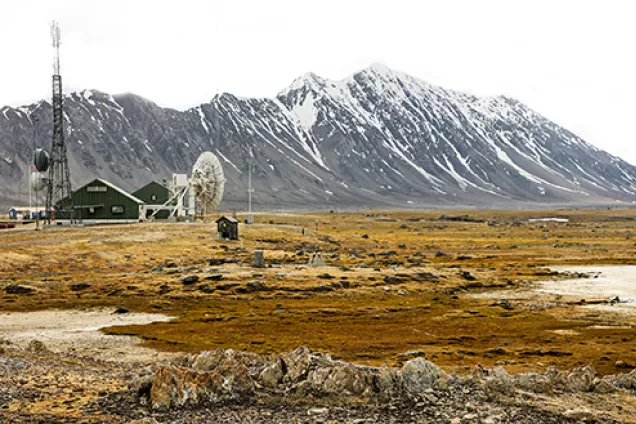
Climate experts at Lund University – lu.se
Researchers from different subjects and disciplines (In Swedish).